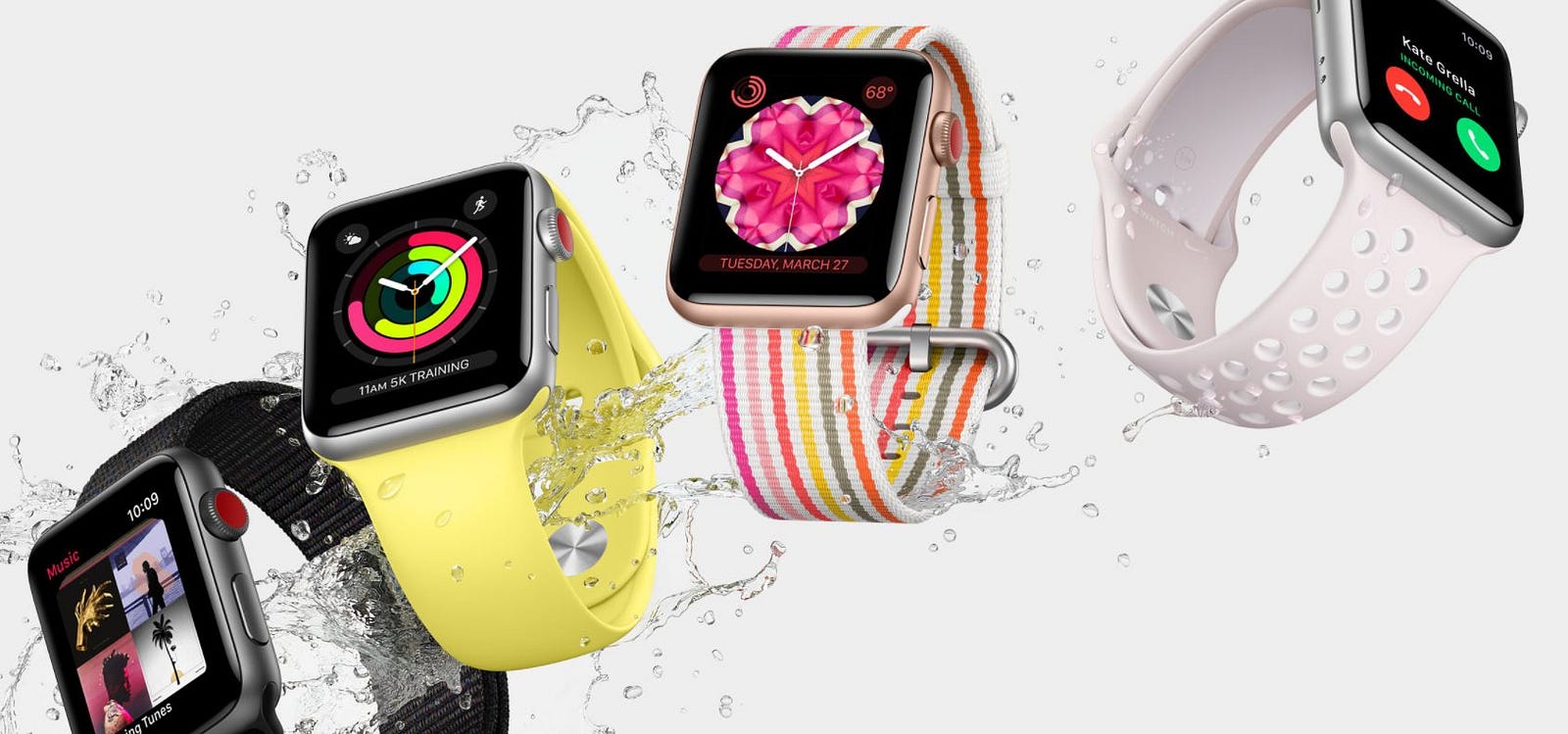
Mining Cryptocurrency Outlook: Watch It!

One of the driving profit factors of cryptocurrency is the ability to be freely mined. The objective for every Miner, something familiar to Bitcoin enthusiasts, is to contribute computing power towards the network so that more blocks can build into the blockchain. The economic incentives in this method, called Proof of Work, derives from holding tokens that may have tremendous future value on the market.
While the economic incentives are present for individuals, there are underlying costs that outweigh these original incentives in the long term. Primarily, these costs include Excess energy consumption and corporate consolidation.
Because of the demand for ASIC rigs (a dedicated chip for mining cryptocurrency) there are new suppliers in the space.
Bitmain, one of the largest suppliers of mining hardware is reported to have a “…gross margin of 75% and an operating margin of 65% percent, amounted to around $4 billion, Nvidia’s profit was $3 billion in 2017. However, the report was quick to note that the former managed to attain such figures in only four years, while the latter has been at it for 24.”[1]
It’s important to point out that Nvidia has not suffered economically from Bitmain’s rise to power. Many Silicon Valley businesses have seen their stock prices grow due to the uptick in demand for specific chips or cryptocurrency.
April 19, 2017: Nvidia stock was $99.68
April 28, 2018: Nvidia stock is $226.33
Note: Not every chip related stock has done this well.
Corporate Mining Enterprise
There isn’t a present problem with businesses organizing and selling mining hardware. Every individual should have an opportunity (if safe and sustainable) to capitalize on the emerging crypto market. However, in the future, we may see a monopolistic business model that can devalue any token using proof of work machinery. A monopoly on mining could exist if the barrier to entry for an individual entrepreneur is too high.
The Hard problem: Energy Consumption
Mining in its current state is not viable in the long term. The biggest problem facing Mining conglomerates or individual entrepreneurs is the level of energy consumption used to absorb crypto, such as bitcoin. “ This is because Bitcoin mining is accomplished through running energy-hungry mining computers 24 hours a day. Each device, such as the Bitmain S9, consumes a steady stream of upwards of 1400W of electricity.”[2]
In the near future, businesses like Bitmain may need to pivot on product to maintain profits. In this article, I propose that large scale mining operations may enter the general consumer market; where they could make everyday products with mining capabilities.
To maintain mining relevancy, blockchain organizations will also need to lower the difficulty and power consumption needed to attain cryptocurrency. This is one reason why we’re seeing movement towards Proof of Stake.
There is a possibility for startups, or established businesses, to make wearable technology that acts as a mobile chip for mining cryptocurrency passively.
The Variation of Wearable Tech
High-tech watches may be what’s hot, but this is only the beginning. Here are some wearable devices that will develop, with or without mining. Some have been around for awhile, such as head phones, but advancements will optimize or add features to their functions.
Head Displays: augmented biker helmets/blue collar work helmets.
Eye Wear: smart glasses, AR, VR
Ear Wear: Headphones, Enhanced hearing aids
Full Body: Smart suits, augmented tattoos, enhanced sportswear, self heating and cooling, size adjustment intelligence
Footwear: Smart sneakers, enhanced combat boots
Spinal Column: on-site construction exoskeletons
Prosthetics: mechanical limb replacements
Watches On Blockchain
With the wave of putting everything on a blockchain, it is perfectly logical to place high priority items on a decentralized log. Watches, for example, are some of the most counterfeited items on the planet. With tech startups digitizing watches as assets represented by a token, entrepreneurs should look at the bigger picture. While watches are a bread winner for crypto tech, the bigger prize is gaining a foothold in the wearable devices market.
Potential First Move To Wearable Mining: Smart Watches
The tech wearable industry is booming. In Q4, 2016 “ The tech giant sold 6 million Apple Watch units worldwide during the fourth quarter, according to research firm Canalys. Apple Watch unit sales were up 12% year over year, according to the research firm. In total, 9 million smartwatches were sold worldwide during the period.”[3]
For reference, in that same year Apple had reportedly “ …outsold Rolex, Omega, and even Swatch last quarter — combined.”[4]

There’s no underestimating the intelligence of Apple and their baseline series 3 model, which will run you a minimum of $329, no cellular support included. The low price point (for a watch) and its adjoined functions to the iPhone make it a digestible buy. For now, the Apple watch is superior in function within the smart watch market.
Apple’s ability to create seamless technology for the common user, while also presenting fashion as a standard, has been their namesake for all products since origination.

In the future if mining conglomerates enter the wearable technology market, they should take a couple of good lessons from Apple.
For one, a majority of people that want to buy high tech fashion do not need to know how the mining process should work.
The product in question should first be designer, creative, and simplistic.
Mining through smart watches in this scenario should be an additive.
Competing In The Smart Watch Market With Mining: The Problem
While the eventual movement towards mobile mining is possible, the biggest problem is the mobile device itself.
Mobile devices will need much more powerful processors at a relatively competitive price.
The second problem is the difficulty posed by the levels of major cryptocurrencies being mined. They specifically require ASIC to attain any useful amount of tokens. Current mobile devices simply do not have that capability yet.
Competing In The Smart Watch Market With Mining: Future Advantages
On a business level, Mining companies could earn profits from their specific chips and from the mobile devices they sell.
There’s also the advantage of inclusion.
The crypto economy could grow with the development of efficient mobile mining tech. It would be a great launching point for beginning in the space.
The evident truth
While I do believe this idea could be feasible in the future, current mobile technologies available do not yet possess valuable potential.
It’s also clear that mining as it is today is also not viable. Mining operations will need to make drastic changes, along with the blockchain community, if they want to maintain their current revenue models. Or they will have to abandon Proof of Work mining altogether.
[2]https://blockonomi.com/mining-problems/
[3]http://fortune.com/2017/02/08/apple-watch-2016-sales/
[4]http://www.businessinsider.com/apple-outsold-the-entire-swiss-watch-industry-in-2017-2018-2









